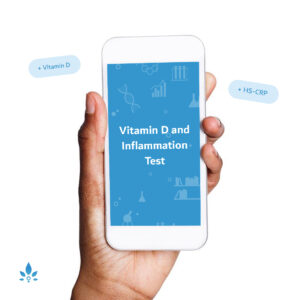Can Endometriosis Make it Harder to get Pregnant?


Unfortunately endometriosis can make it harder to get pregnant. Between 30 and 50% of women who are diagnosed with endometriosis will struggle to conceive.
The reasons for this infertility are still not fully understood.
A structural barrier to conception
Endometriosis is characterised by endometrial deposits forming outside of the womb. The location and size of these deposits will determine which symptoms a patient experiences. In some cases the pelvic anatomy is so distorted by the endometrial build-ups that it provides a physical barrier to conception; either due to impaired oocyte release from the ovary, or impeded ovum transport along the fallopian tubes. Visible endometrial deposits should be ablated during laparoscopic diagnosis. For some women who are struggling to conceive, this removal will be the only treatment that they need and, upon completion, they will fall pregnant naturally.
However, this is not true in all cases, which suggests that other mechanisms are involved in endometrial-induced infertility.
Other mechanisms contributing to infertility
Ovulatory abnormalities are present in some women. Without ovulation it is not possible for pregnancy to occur. Other women experience an abnormal immune response, whereby increased IgG and IgA antibodies appear to alter the endometrial environment, inhibiting embryo implantation. Another symptom of endometriosis is an increased volume of peritoneal fluid. This fluid contains a high concentration of activated macrophages, prostaglandins and proteases, the net result being an environment which is toxic, thus inhibiting successful implantation.
Where endometrial deposits form, there is often resulting irritation and inflammation. This not only causes pain and discomfort, but also triggers the release of additional prostaglandins. The effect of excessive prostaglandins is abnormal uterine contractions, which exacerbates the issue of embryo adhesion further.
What is the solution?
With such varied mechanisms involved, finding a cure for endometriosis is challenging. To date, treatment with medication has proved unsuccessful for resolving fertility issues. The most effective treatment currently in use is conservative surgery and Assisted Reproductive Technology (ART), such as in vitro fertilisation (IVF).
Nabta is reshaping women’s healthcare. We support women with their personal health journeys, from everyday wellbeing to the uniquely female experiences of fertility, pregnancy, and menopause.
Get in touch if you have any questions about this article or any aspect of women’s health. We’re here for you.
Sources:
- Bulletti, C, et al. “Endometriosis and Infertility.” Journal of Assisted Reproduction and Genetics, vol. 27, no. 8, 25 June 2010, pp. 441–447., doi: 10.1007/s10815-010-9436-1.
- Marcoux, S, et al. “Laparoscopic Surgery in Infertile Women with Minimal or Mild Endometriosis. Canadian Collaborative Group on Endometriosis.” The New England Journal of Medicine, vol. 337, no. 4, 24 July 1997, pp. 217–222., doi: 10.1056/NEJM199707243370401.
- Endometriosis, Fertility and Pregnancy . Endometriosis UK, http://www.endometriosis-uk.org/sites/default/files/files/Information/fertility.pdf. Date completed September 2008.













































